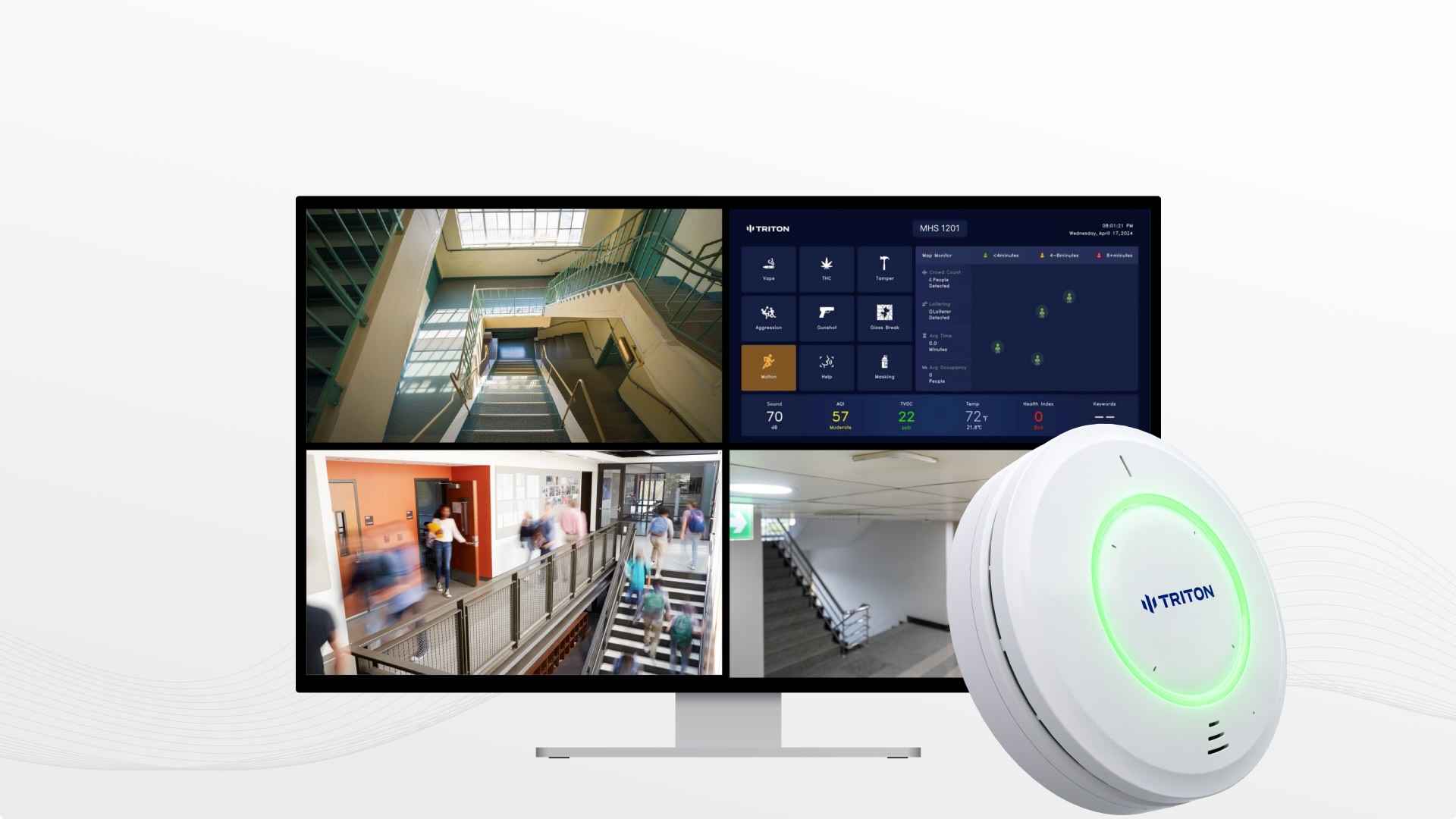In the past, e-cigarettes was unstoppable at school. Students would sneak into bathrooms between classes to smoke flavored nicotine vapors and THC. Teachers and administrators were left powerless until the districts began using an innovative tool to guard their students: the vape detector.
Today schools across the country have reported major successes that demonstrate how transformative the technology can be in fighting the issue of vaping.
A Case study: Reduce the amount of cigarettes you smoke by 83 percent in 10 weeks
Luling Independent School District confronted an enormous problem with smoking. Despite warnings from school officials and the implementation of more strict guidelines, some students vaped in bathrooms and locker rooms. Traditional smoke alarms were useless against vapor, and staff could not be everywhere at the same time.

To test the system, the district installed vape detectors in the schools during March. The results were quite striking. In just five weeks, the incidence of vaping had dropped noticeably. By the ten-week mark the vaping rate had dropped by 83%..
The program’s success was more than just numbers. Teachers reported less interruptions and students began to realize that vaping should never be left unattended.
Match Charter School Experiences Have Similar Success
Another powerful example comes from Match Charter Schools, which faced challenges with high school and middle school vaping. They put in place a series of smoke detectors for vapes in August, their impact was immediate.
In December, just four months after the first report, administrators revealed an 80percent decrease in vaping-related incidents. Parents thanked their school for taking concrete actions to safeguard children. Teachers also reported that there was a reduction in hallways with loiterers and bathrooms crowded.
The two districts mentioned above are an increasing trend The schools that use vape detection show tangible improvements to both their behavior and overall security.
What are the factors that make vape detectors efficient?
The technology behind the results is the reason they are possible. Vape detectors of today don’t just sense vapor; it also tracks air quality and monitors occupancy levels. It also provides real-time alerts to employees. Administrators don’t have to rely on guesswork or reports that are based on after-the-fact data.
The detectors are designed to protect your privacy. No cameras. No audio recording. Only accurate, immediate data that helps schools act quickly without compromising student rights.
This combination of efficacy and adherence make vape detectors among the most practical safety tools schools can adopt now.
Beyond Vaping: A Broader Safety Net
Many administrators are aware that the detectors go beyond prevention. The latest systems can detect loud sounds, keywords which are connected to vandalism or emergencies.
For instance in the event that a group of students is seen loitering around bathrooms the detector could flag an unusually high occupancy. Staff can be alerted immediately when someone shouts “help” or any other distress word. In this way, vape detectors for schools become part of a larger safety strategy one that addresses both health risks and potential violence.
Parents and Boards Help Support Vape Detectors
Transparency can bring trustworthiness that is often not considered. The use of detectors at schools can produce reports that reveal clearly the trends in smoking. These reports are shared with school boards, parents and other community members, giving proof that steps are being taken.
Parents are more than happy, especially when they can witness tangible results. Vape detectors don’t just identify students. It also protects their health and reinforces the message to them that vaping isn’t a suitable activity for schoolchildren.
The Key Takeaway is a Proven Path to Success
For years, vaping felt like an invisible battle that schools could not take on. However, research conducted by districts across the country show that it isn’t so. Administrators are able to spot dangers and stop risky behaviors immediately using a vape detection device. This provides the safety of students.
The vaping issue is far from over but the tide is turning. Vape detection technology doesn’t just serve as an attempt to solve the issue, but a way for schools to be the first to create an environment that is healthier for their students.
Conclusion
Technology is working in schools from Texas all the way to Massachusetts. Vape alarms of today do more than alert. It alters the way students behave and builds trust. It also provides a permanent solution to the most pressing health problems facing today’s students. Vape detectors at schools are not a flimsy experiment for any school district who cares about student safety. They’re now the norm.